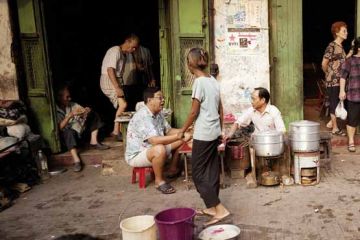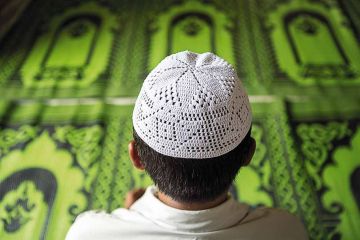Along the quiet banks
of the Hooghly river, a few hours north from the bustle of Kolkata, lies a
string of dusty towns. They are most notable for their roles as distant trading
outposts for several European nations over the past few centuries. This past is
evidenced in the grand arcades of crumbling Indo-Dutch mansions and sweeping
staircases of elegant French-style houses.
Foreign trade had been
bustling along the Ganges since the end of the 16th century, with the arrival
of the





